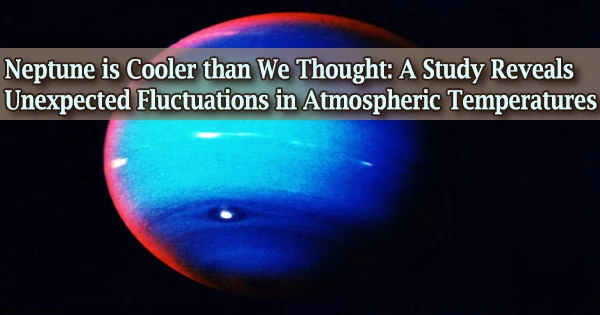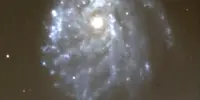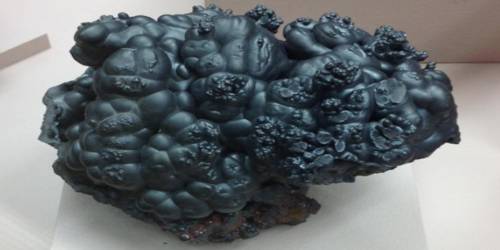Cataclysmic variable stars (CVs) are binary star systems made up of a white dwarf and a companion star, most commonly a red dwarf. CVs are stars that irregularly increase in brightness by a large factor before dropping back to a quiescent state in astronomy. They were initially called novae (from the Latin word for “new”) because those with visible outburst brightness and invisible quiescent brightness appeared as new stars in the sky.
Cataclysmic variable stars are binary stars with two components: a white dwarf primary and a mass transferring secondary. The term “cataclysmic” refers to the sudden increase in brightness that occurs when material from the companion star is accreted onto the surface of the white dwarf, resulting in a dramatic release of energy. These systems are also known as nova-like variables or dwarf novae. The stars are so close that the gravity of the white dwarf distorts the secondary, and the white dwarf absorbs matter from the companion.
The basic components of a cataclysmic variable system include:
- White Dwarf (Primary Star): A white dwarf is the primary star in a cataclysmic variable system. White dwarfs are the remains of stars that have run out of nuclear fuel. They are extremely dense, with powerful gravitational fields.
- Companion Star (Secondary Star): The companion star is usually a red dwarf, but other types of stars can be involved as well. The secondary star fills the Roche lobe of the white dwarf, and material from its outer layers is transferred to it.
- Accretion Disk: As material from the companion star is transferred to the white dwarf, an accretion disk forms around it. The disk is a flattened rotating structure through which infalling material spirals down onto the white dwarf.
- Outbursts: Cataclysmic variables have periodic bursts of brightness. These outbursts are caused by the accumulation of material in the accretion disk until it reaches a critical density, triggering a rapid release of energy. This sudden increase in brightness can make the system easily visible.
As a result, the secondary is often referred to as the donor star. In most cases, the infalling matter, which is typically rich in hydrogen, forms an accretion disk around the white dwarf. Strong UV and X-ray emission is frequently observed from the accretion disc, which is powered by the loss of gravitational potential energy from the infalling material. The shortest currently observed orbit in a hydrogen-rich system is 51 minutes in ZTF J1813+4251.
















